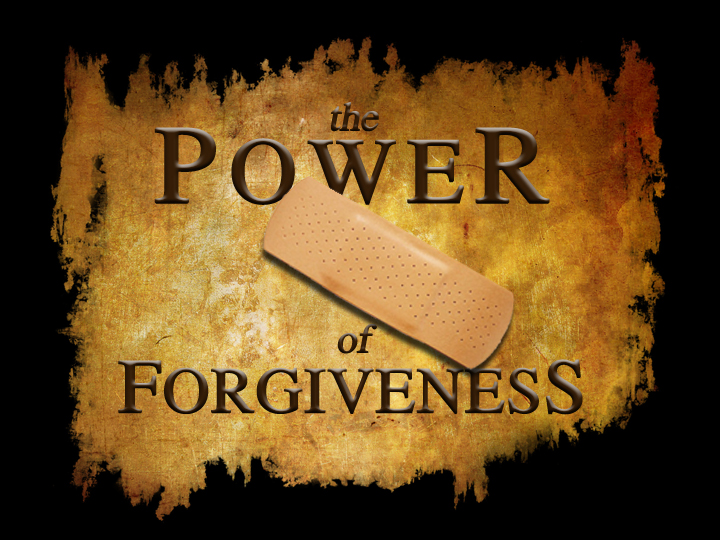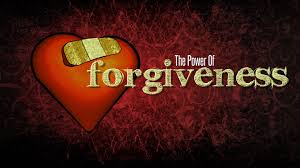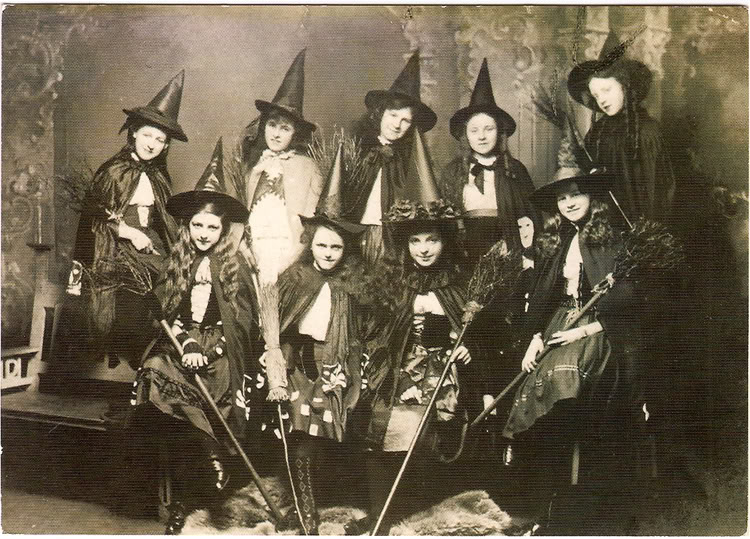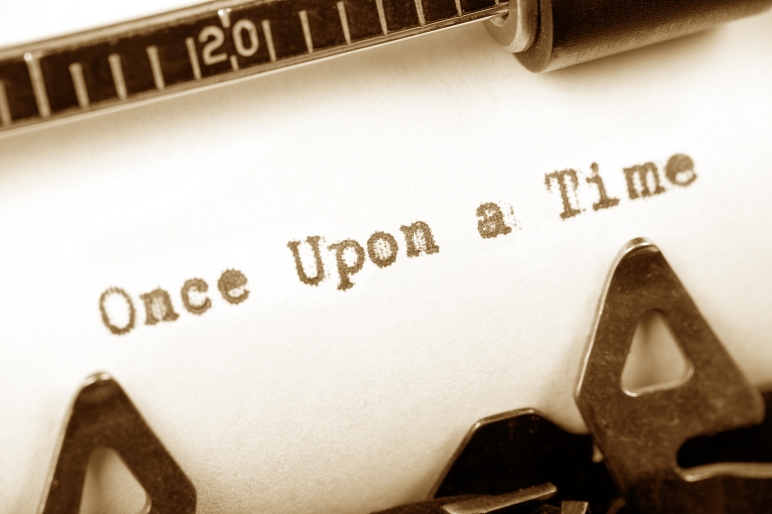Why do people think that Christmas is wonderful? Most never reflect on why they believe what they believe or do what they do. We live in a world filled with customs, but few ever seek to understand their origin. We generally accept them without question. Most people basically do what everyone else does—because it is easy and natural!
Let’s carefully examine the roots of Christmas. Let’s look at why people follow the customs associated with it. Why is it kept on December 25th? Did the early New Testament Church keep it? This article is filled with facts from history that, when placed together, paint a complete picture. Let’s avoid all assumptions and only accept what can be PROVEN!
Pagan Origin
In 1990, the Solon, Ohio (a Cleveland suburb) school board banned all nativity and other Christmas scenes on any school property because they felt it violated the separation of church and state. They were challenged in court when outraged parents opposed them, feeling that Christmas was being stolen from their children and the community. The board lost the case! The citizenry had contended that Christmas was a worldwide tradition that was not part of, and transcended, religion. It was deemed to be secular—a part of virtually all cultures worldwide.
The court decision affirmed that Christmas has no Christian roots! However, the court’s opinion also noted that Bible reading and prayer obviously are associated with Christ-ianity—a remarkable admission! The court concluded that Christmas-keeping and manger scenes could remain because they are not really part of either Christianity or religion—but prayer and Bible reading, which are, must remain excluded from schools!
Nearly all aspects of Christmas observance have their roots in Roman custom and religion. Consider the following admission from a large American newspaper (The Buffalo News, Nov. 22, 1984): “The earliest reference to Christmas being marked on Dec. 25 comes from the second century after Jesus’ birth. It is considered likely the first Christmas celebrations were in reaction to the Roman Saturnalia, a harvest festival that marked the winter solstice—the return of the sun—and honored Saturn, the god of sowing. Saturnalia was a rowdy time, much opposed by the more austere leaders among the still-minority Christian sect. Christmas developed, one scholar says, as a means of replacing worship of the sun with worship of the Son. By 529 A.D., after Christianity had become the official state religion of the Roman Empire, Emperor Justinian made Christmas a civic holiday. The celebration of Christmas reached its peak—some would say its worst moments—in the medieval period when it became a time for conspicuous consumption and unequaled revelry.”
Consider these quotes from the Catholic Encyclopedia, 1911 edition, under “Christmas”: “Christmas was not among the earliest festivals of the Church…the first evidence of the feast is from Egypt.” Further, “Pagan customs centering around the January calends gravitated to Christmas.” Under “Natal Day,” Origen, an early Catholic writer, admitted, “…In the Scriptures, no one is recorded to have kept a feast or held a great banquet on his birthday. It is only sinners (like Pharaoh and Herod) who make great rejoicings over the day in which they were born into this world” (emphasis mine).
The Encyclopedia Americana, 1956 edition, adds, “Christmas…was not observed in the first centuries of the Christian church, since the Christian usage in general was to celebrate the death of remarkable persons rather than their birth…a feast was established in memory of this event [Christ’s birth] in the fourth century. In the fifth century the Western Church ordered the feast to be celebrated forever on the day of the Mithraic rites of the birth of the sun and at the close of the Saturnalia, as no certain knowledge of the day of Christ’s birth existed.”
There is no mistaking the origin of the modern Christmas celebration. Many additional sources could be cited and we will return to this later. Let’s begin to tie some other facts together.
It was 300 years after Christ before the Roman church kept Christmas, and not until the fifth century that it was mandated to be kept throughout the empire as an official festival honoring “Christ.”
Can Christ Be Honored by Christmas?
The most common justification that one will hear regarding Christmas is that people have replaced old pagan customs and intents by asserting that they are now “focusing on Christ.” I have heard many say that they are “honoring Christ” in their Christmas-keeping. The problem is that God does not say this is acceptable to Him! Actually, He plainly commands against it! Keeping Christmas dishonors Christ! He considers everything about it to be an abomination! We will soon see why.
Christ said, “But in vain they do worship Me, teaching for doctrines the commandments of men” (Matt. 15:9). Christmas is not a command of God—it is a tradition of men. Christ continued, “Full well youreject the commandment of God, that you may keep your own tradition” (Mark 7:9). Every year, throughout the world, on December 25th, hundreds of millions do just that!
We will see that God plainly commands, “Follow not the way of the heathen.” But most people do not fear God, and He allows them to make their own decisions. Human beings are free moral agents—free to obey or disobey God! But woe to those who ignore the plain Word of God!
Was Christ Born on December 25th?
Christ was born in the fall of the year. Many have mistakenly believed He was born around the beginning of winter—December 25th! They are wrong! Notice the Adam Clarke Commentary, volume 5, page 370, New York edition: “It was custom among Jews to send out their sheep to the deserts about the Passover [early spring], and bring them home at the commencement of the first rain.” The first rains began in early-to-mid fall. Continuing with this same quote: “During the time they were out, the shepherds watched them night and day. As…the first rain began early in the month of March-esvan, which answers to part of our October and November [begins sometime in October], we find that the sheep were kept out in the open country during the whole summer. And as these shepherds had not yet brought home their flocks, it is a presumptive argument that October had not yet commenced, and that, consequently, our Lord was not born on the 25th of December, when no flocks were out in the fields; nor could He have been born later than September, as the flocks were still in the fields by night. On this very ground, the nativity in December should be given up. The feeding of the flocks by night in the fields is a chronological fact…See the quotations from the Talmudists in Lightfoot.”
Luke 2:8 explains that when Christ was born, “there were in the same country shepherds abiding in the field, keeping watch over their flock by night.” Note that they were “abiding” in the field. This never happened in December. Both Ezra 10:9-13 and the Song of Solomon 2:11 show that winter was the rainy season and shepherds could not stay on cold, open fields at night.
Numerous encyclopedias plainly state that Christ was not born on December 25th! The Catholic Encyclopedia directly confirms this. In all likelihood, Christ was born in the fall! A lengthy technical explanation would prove this point.
Since we now know that December 25th was nowhere near Christ’s actual birthdate, where did the festival associated with this date come from?
Now read this quote under “Christmas”: “In the Roman world, the Saturnalia (December 17) was a time of merrymaking and exchanging of gifts. December 25 was also regarded as the birthdate of the Iranian mystery god Mithra, the Sun of Righteousness. On the Roman New Year (January 1), houses were decorated with greenery and lights, and gifts were given to children and the poor. To these observances were added the German and Celtic Yule rites when the Teutonic tribes penetrated into Gaul, Britain and central Europe. Food and good fellowship, the Yule log and Yule cakes, greenery and fir trees, gifts and greetings all commemorated different aspects of this festive season. Fires and lights, symbols of warmth and lasting life, have always been associated with the winter festival, both pagan and Christian” (Encyclopedia Britannica, 15th ed., vol. II, p. 903).
A final quote about the selection of December 25th as the birthdate of Christ is necessary. Note an article in The Toronto Star, December 1984, by Alan Edmonds, entitled, “We owe a lot to Druids, Dutch”: “The Reformation cast a blight on Christmas. By then, of course, clever ecclesiastical politicians had adopted the Pagan mid-winter festival as the alleged birthdate of Jesus, of Nazareth, and thrown in a few other Pagan goodies to make their takeover more palatable.”
December 25th was not selected because it was the birth of Christ or because it was even near it. It was selected because it coincided with the idolatrous pagan festival Saturnalia—and this celebration must be carefully examined. In any event, we do not know the exact date of Christ’s birth. While God certainly could have made it known, He chose to hide it from the world’s eyes!
The most important thing is to celebrate family , Christ, Saturnalia, SANTA and anything else you feel that puts you in the holiday mood. Just know that its important to make memories and be with family
please follow me on twitter @kasondra_spears













































































 The man’s face seen behind her looks a lot like her husband, who had been deceased for three years at the time the photo was taken. The photographer claims that no man was standing behind the woman at the time she took the photograph…
The man’s face seen behind her looks a lot like her husband, who had been deceased for three years at the time the photo was taken. The photographer claims that no man was standing behind the woman at the time she took the photograph… Taken by retired clergyman Rev. Ralph Hardy in the Queen’s House section of the National Maritime Museum in Greenwich, England, this photo has not been manipulated or altered in any way, according to experts.
Taken by retired clergyman Rev. Ralph Hardy in the Queen’s House section of the National Maritime Museum in Greenwich, England, this photo has not been manipulated or altered in any way, according to experts. Bachelor’s Grove is said to be a very haunted grove in Illinois. This photo was taken by during a paranormal investigation conducted by the Ghost Research Society, who insist that no woman was present at the time that the picture was taken.
Bachelor’s Grove is said to be a very haunted grove in Illinois. This photo was taken by during a paranormal investigation conducted by the Ghost Research Society, who insist that no woman was present at the time that the picture was taken. Despite this looking at first glance like a case of double-exposure, neither of the girls in this photograph taken in Manila, Phillipines reported being touched or passed by another person while their picture was being taken. To add to the creepiness, the photo was shot with a digital camera.
Despite this looking at first glance like a case of double-exposure, neither of the girls in this photograph taken in Manila, Phillipines reported being touched or passed by another person while their picture was being taken. To add to the creepiness, the photo was shot with a digital camera. This group portrait of a squadron taken at the HMS Daedalus training facility in 1919 looks perfectly normal save for one detail…the clear face of a man named Freddy Jackson, who died in an accident two days prior to the picture being taken.
This group portrait of a squadron taken at the HMS Daedalus training facility in 1919 looks perfectly normal save for one detail…the clear face of a man named Freddy Jackson, who died in an accident two days prior to the picture being taken. On November 5, 1905, a fire ravaged Wem Town Hall in Shropshire, England and burned the building to the ground. A man named Tony O’Rahilly took several photos from across the street, but neither he nor the firefighters recalled seeing a little girl at the scene.
On November 5, 1905, a fire ravaged Wem Town Hall in Shropshire, England and burned the building to the ground. A man named Tony O’Rahilly took several photos from across the street, but neither he nor the firefighters recalled seeing a little girl at the scene. This is perhaps one of the most famous ghost pictures ever taken. As the story goes, Indre Shira and Captain Hubert C. Provand were taking photographs of Raynham Hall in Oyster Bay, NY in 1936, when Indre Shira saw a ghostly, misty figure slide down the staircase. Some claim that this is the ghost of Lady Townshend, who had been confined in the mansion by her husband until her death in 1726.
This is perhaps one of the most famous ghost pictures ever taken. As the story goes, Indre Shira and Captain Hubert C. Provand were taking photographs of Raynham Hall in Oyster Bay, NY in 1936, when Indre Shira saw a ghostly, misty figure slide down the staircase. Some claim that this is the ghost of Lady Townshend, who had been confined in the mansion by her husband until her death in 1726. A friend of Terry Ike shot this photograph in Boothill Graveyard, in Tombstone, Arizona. Terry having been styled to look like an Old West man from the 1880s for the purpose of historical recreation of the Clanton Gang. Even though no one was around at the time the photo was taken, a mysterious figure that appeared to be rising from a grave appears in the background.
A friend of Terry Ike shot this photograph in Boothill Graveyard, in Tombstone, Arizona. Terry having been styled to look like an Old West man from the 1880s for the purpose of historical recreation of the Clanton Gang. Even though no one was around at the time the photo was taken, a mysterious figure that appeared to be rising from a grave appears in the background. This eerie photo was taken by a woman named Mrs. Mabel Chinnery while visiting a graveyard with her husband.
This eerie photo was taken by a woman named Mrs. Mabel Chinnery while visiting a graveyard with her husband. This photo was taken by well-known photographer, Montague Coopera, at the request of a furniture dealer sometime in the early 20th century. When the film was developed, the shadow of a hand clearly appears…could it be the ghost of a previous owner, reluctant to part ways with it?
This photo was taken by well-known photographer, Montague Coopera, at the request of a furniture dealer sometime in the early 20th century. When the film was developed, the shadow of a hand clearly appears…could it be the ghost of a previous owner, reluctant to part ways with it?